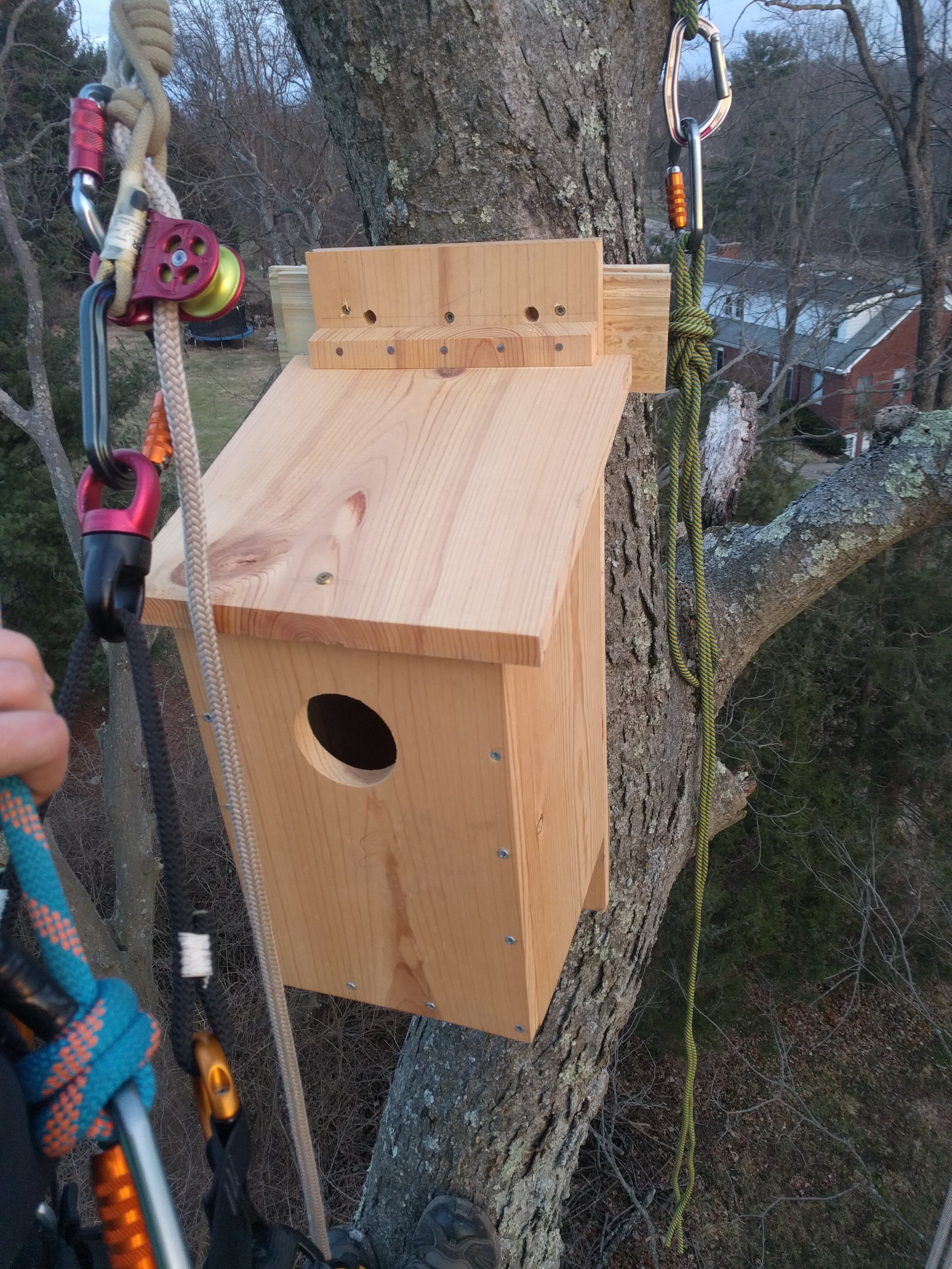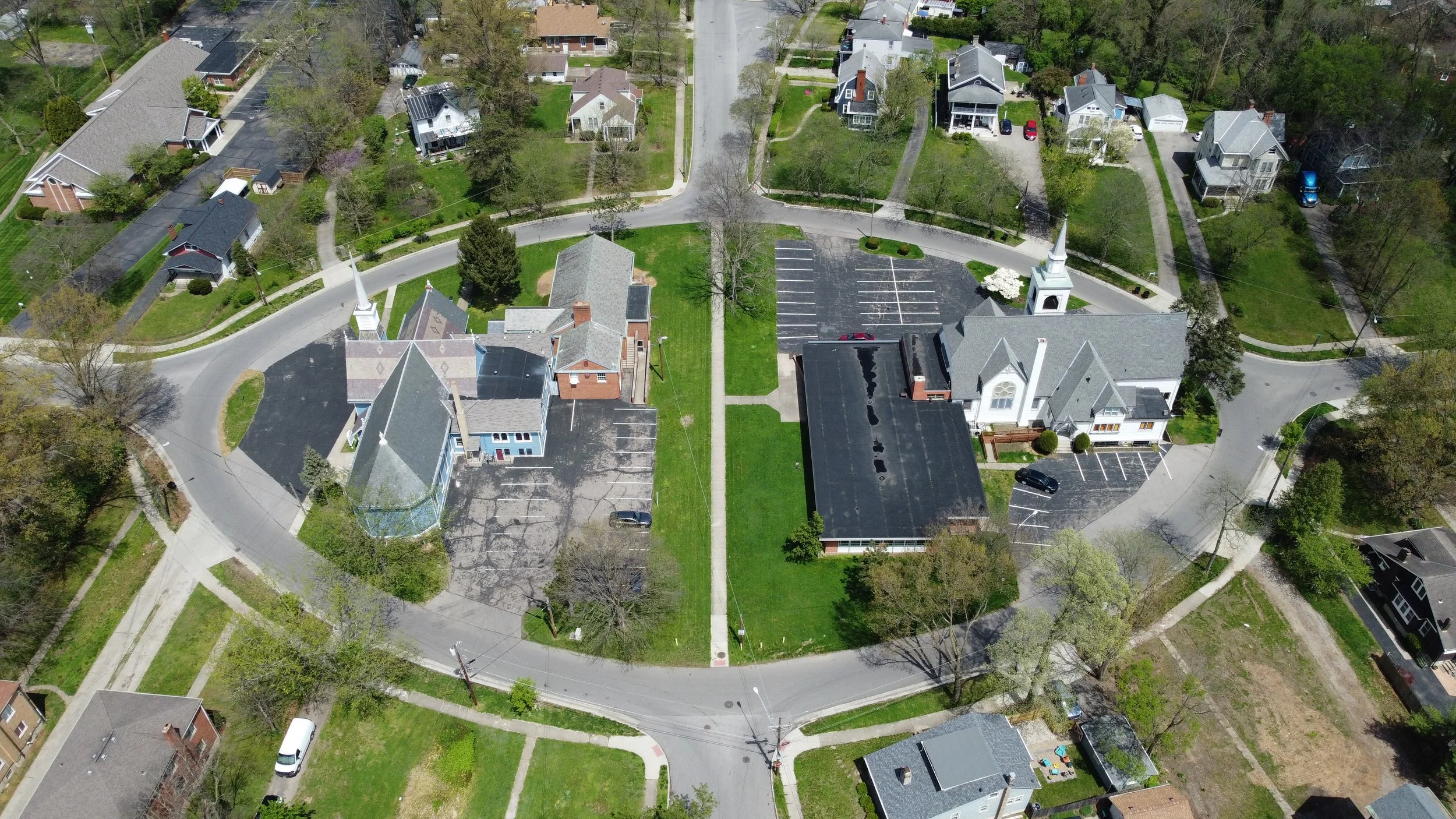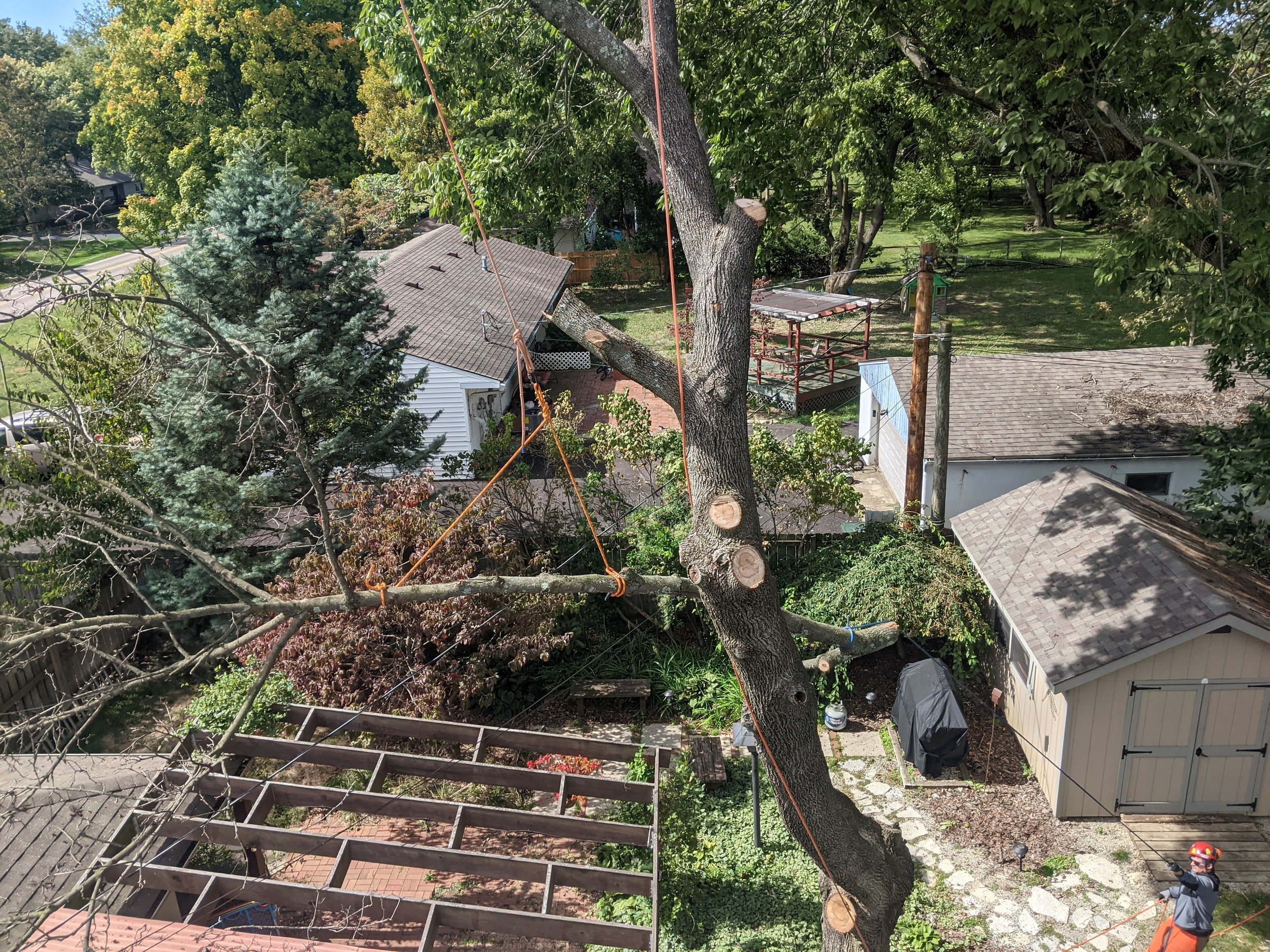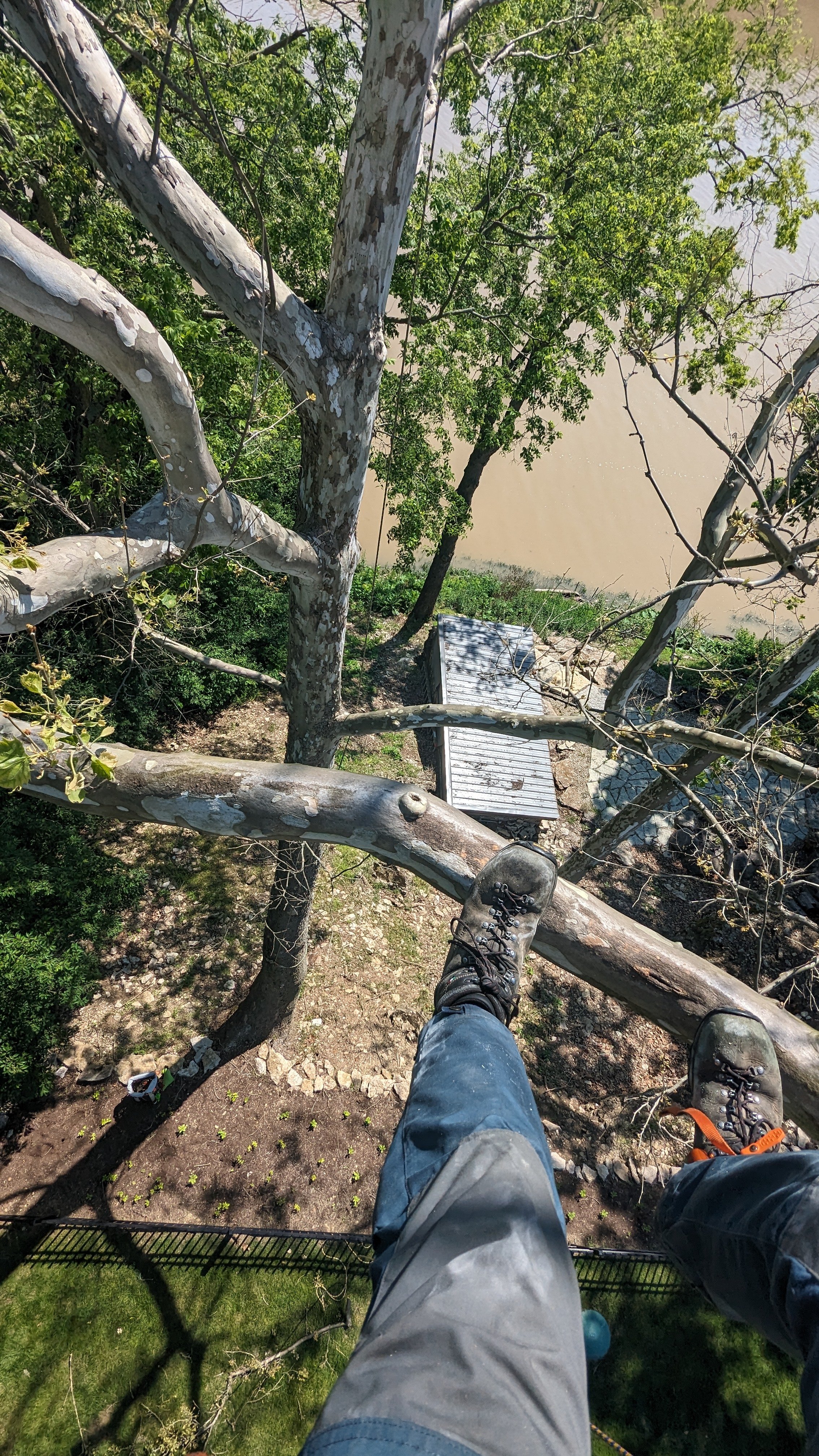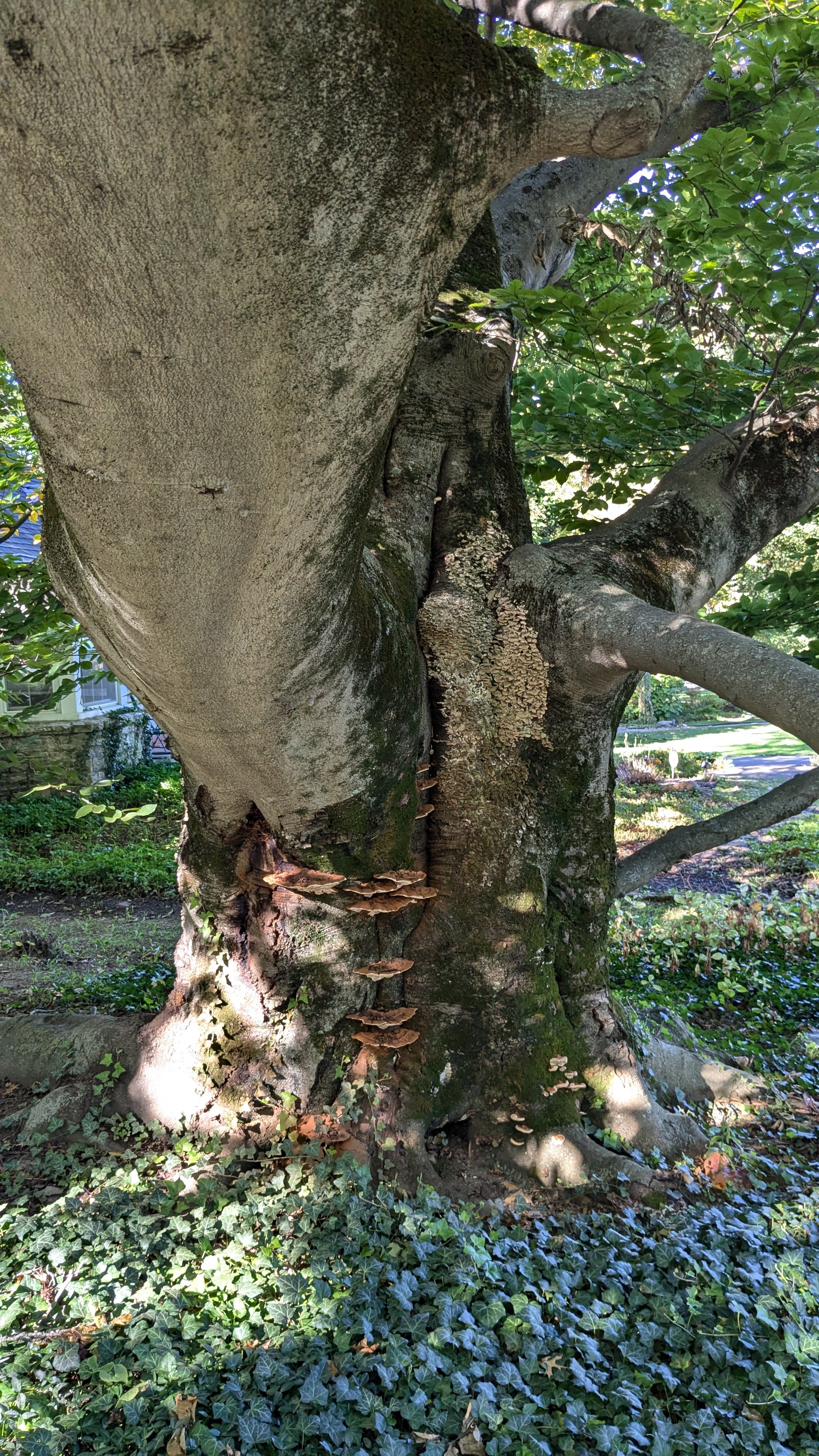
Urban Tree Services
General Liability
Professional Liability
Certified Arborist OH-6960A
ISA Tree Risk Assessment Qualified
Ohio Licensed Pesticide Applicator
Certified Urban and Community Forester
-
Trees are used to growing in forested settings. Access to abundant light encourages trees to branch out, sometimes excessively. Pruning every 3-5 years can help keep trees healthy and vibrant.
-
Trees are often stressed in their urban environment, just like humans, when we’re stressed, our immune system defenses are lowered. Sometimes trees need extra help to fight pests and disease.
-
Every tree has the potential to be a risk at some point. Whether you’re looking at buying a house with trees or already have trees on your property, you can have piece of mind with a tree risk assessment. A tree risk assessment is a quantitative method to measure the risk of a particular tree or group of trees. Assessments have a specific time line and take into account people, property, and activities when conducted. Assessments are a written document stating what risk a tree could have and action steps to mitigate any risk. An arborist with a high ethical standard should never use tree risk assessment to pressure a client into spending more money. A tree risk assessment should be a stand alone document written in an unbiased manner.
-
This is a last resort. If all other options have been exhausted then a removal might be necessary. The city of Columbus has a goal of increasing canopy cover to 40% by 2050. Anything we can do to increase the canopy cover will benefit the public and property values.
-
The best time to plant a tree is today! Add beauty, structure, or privacy to your yard with a tree planting. Each planting is planned and carried out by a Certified Arborist. Increasing canopy cover will help with temperature regulation, add wildlife benefits, and add property value. While keeping larger trees alive and healthy in the urban environment is important for maintaining canopy cover, tree planting is the only way to increase it!
-
Poor planting practices or compacted soil can impact a tree’s root growth. Sometimes roots will encircle the trunk leading to girdling roots that choke the tree. If caught earlier enough, carefully removing soil and pruning these roots will allow the tree to survive. Common signs of girdling roots are branch tip dieback and a very straight trunk where the trunk meets the soil - often looking like a telephone pole.
-
Weak branch structures are susceptible to wind, ice, and snow loading. Cabling and or bracing can lengthen the life of a tree by giving it additional support, maintaining shade to homes and yards for years to come.
-
Plants like bush honeysuckle, callery pear, and Japanese barberry are not friendly to native wildlife. Big Darby always recommends planting native. Many urban spots are covered in invasive species. Big Darby offers removal and treatment services for removing invasive plants and replacing them with native species.
-
We offer a subscription services for Columbus homeowners and businesses. With a variety of levels to choose from, rest assured we’ll keep an eye on your trees so we can fix problems before they get out of hand.
-
While tree's roots are hidden from view they are at risk when renovations or new construction occurs. Big Darby Tree can help protect and retain trees around your property, keeping the shade and value around your home or business.
Big Darby Tree can work with your architect and builder from beginning to end to ensure your trees stay healthy!
Gallery

